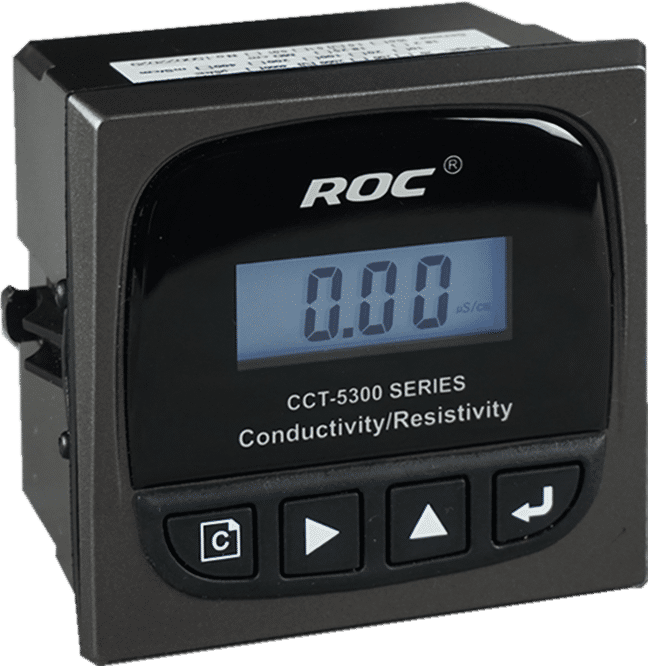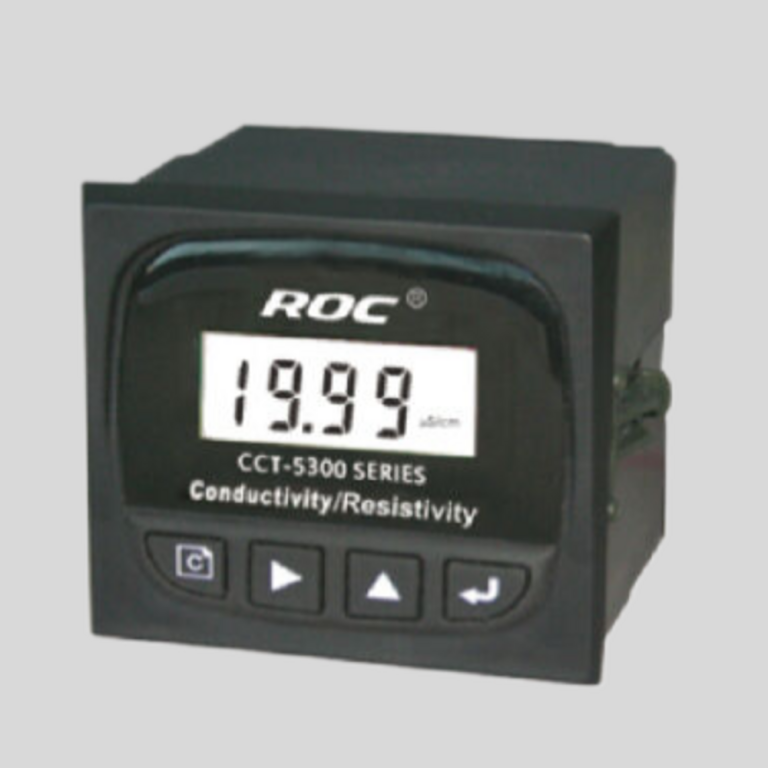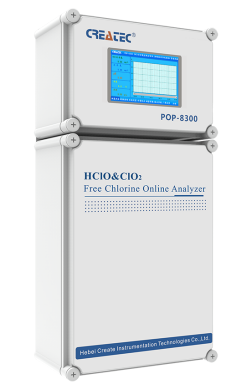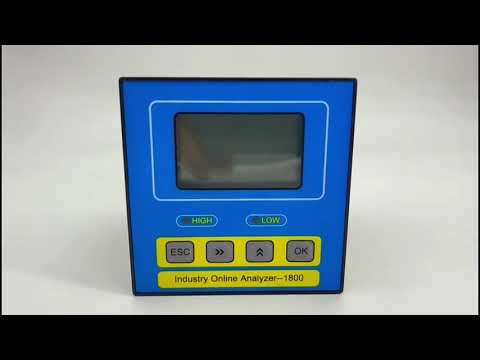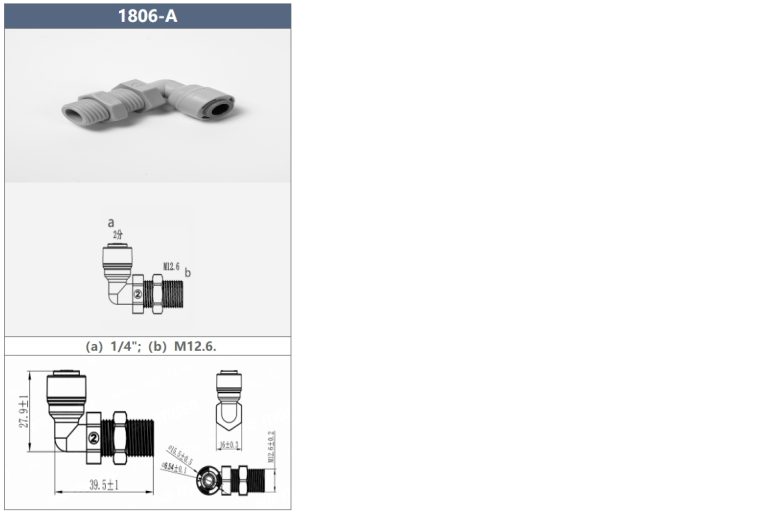Understanding the Importance of Turbidity Sensors in Water Quality Monitoring
Water quality monitoring is a crucial aspect of ensuring the safety and health of our water supply. One key parameter that is often measured in water quality monitoring is turbidity. Turbidity is a measure of the cloudiness or haziness of a fluid caused by suspended particles. These particles can include sediment, algae, bacteria, and other contaminants that can affect the quality of the water.
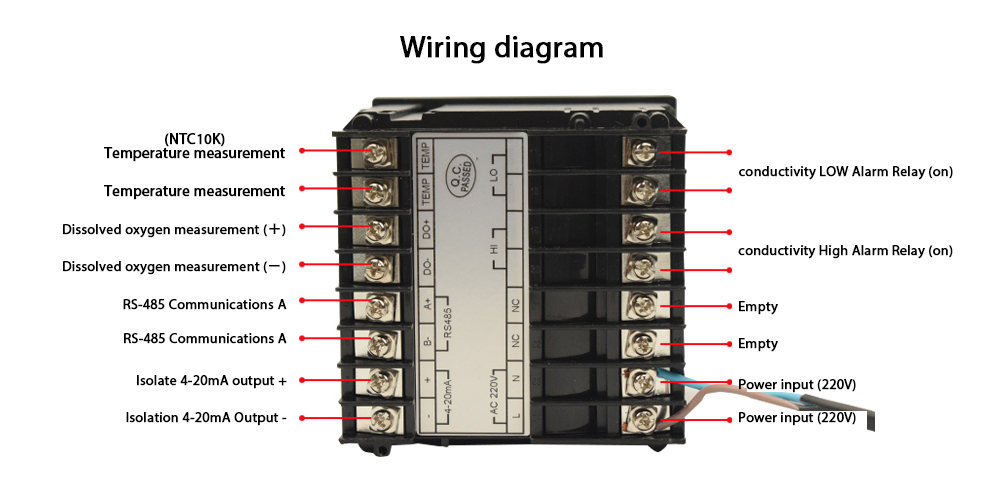
Turbidity sensors are devices that are used to measure the turbidity of water. These sensors work by shining a light through the water and measuring the amount of light that is scattered or absorbed by the suspended particles. The more particles there are in the water, the higher the turbidity reading will be. Turbidity sensors are essential tools in water quality monitoring because they provide valuable information about the presence of contaminants in the water.
| Model | TUR-6101 Laser Turbidity Data Acquistion Terminal |
| Range | 0-10/100/4000NTU or as required |
| Display | LCD |
| Unit | NTU |
| DPI | 0.01 |
| Accuracy | ±5% FS |
| Repeatability | ±1% |
| Power | ≤3W |
| Power Supply | AC 85V-265V±10% 50/60Hz or |
| DC 9~36V/0.5A | |
| Working Environment | Ambient temperature:0~50℃; |
| Relative humidity≤85% | |
| Dimensions | 160*80*135mm(Hanging) or 96*96mm(Embeded) |
| Communication | 4~20mA and RS-485 communication (Modbus RTU) |
| Switched output | Three-way relay,capacity 250VAC/5A |
One of the main reasons why turbidity sensors are important in water quality monitoring is that turbidity is often used as an indicator of water quality. High levels of turbidity can indicate the presence of pollutants in the water, such as sediment, chemicals, or microorganisms. By monitoring turbidity levels, water quality managers can quickly identify potential issues with the water supply and take appropriate action to address them.
In addition to monitoring water quality, turbidity sensors can also be used to monitor the health of aquatic ecosystems. High levels of turbidity can have negative impacts on aquatic life, such as blocking sunlight from reaching plants and disrupting the feeding and breeding habits of fish. By monitoring turbidity levels in rivers, lakes, and streams, environmental scientists can assess the health of aquatic ecosystems and take steps to protect them from the harmful effects of pollution.
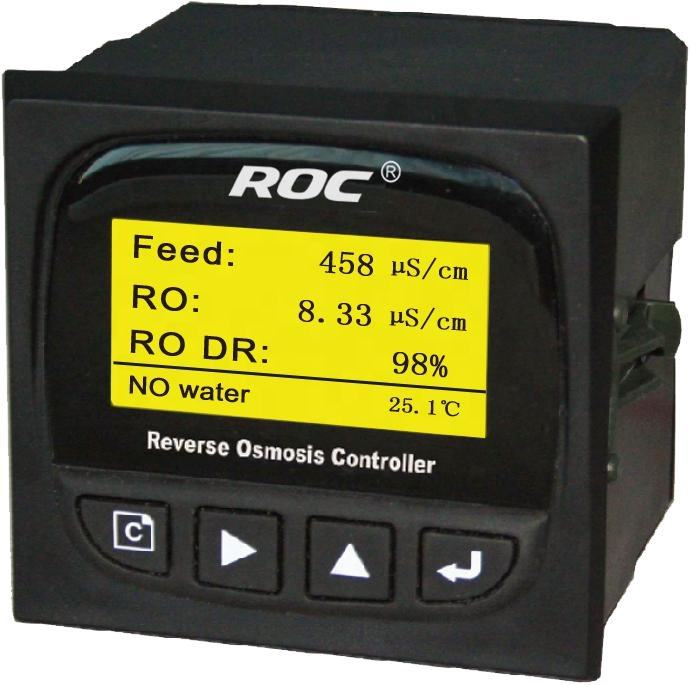
Turbidity sensors are available in a variety of designs and configurations to suit different monitoring needs. Some sensors are designed for continuous monitoring, providing real-time data on turbidity levels in the water. Other sensors are portable and can be used for spot checks in different locations. Some sensors are even equipped with telemetry capabilities, allowing them to transmit data wirelessly to a central monitoring station for remote monitoring.
| Model | CL-810/9500 Residual Chlorine Controller |
| Range | FAC/HOCL:0-10 mg/L, ATC TEMP:0-50℃ |
| Accuracy | FAC/HOCL:0.1 mg/L, ATC TEMP:0.1℃ |
| Oper. Temp. | 0~50℃ |
| Sensor | Constant Pressure Residual Chlorine Sensor |
| Waterproof Rate | IP65 |
| Communication | Optional RS485 |
| Output | 4-20mA output; High/Low limit double relay control |
| Power | CL-810:AC 220V±10% 50/60Hz or AC 110V±10% 50/60Hz or DC24V/0.5A |
| CL-9500:AC 85V-265V±10% 50/60Hz | |
| Working Environment | Ambient temperature:0~50℃; |
| Relative humidity≤85% | |
| Dimensions | CL-810:96×96×100mm(H×W×L) |
| CL-9500:96×96×132mm(H×W×L) | |
| Hole Size | 92×92mm(H×W) |
| Installation Mode | Embedded |
Overall, turbidity sensors play a critical role in water quality monitoring by providing valuable information about the presence of contaminants in the water. By monitoring turbidity levels, water quality managers can quickly identify potential issues with the water supply, adjust water treatment processes, and protect aquatic ecosystems from the harmful effects of pollution. Turbidity sensors are essential tools in ensuring the safety and health of our water supply.

